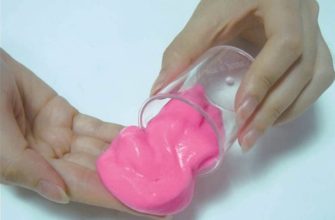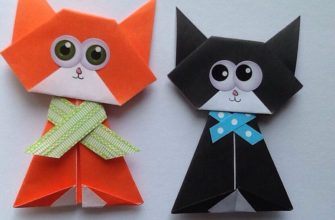Slime is probably the most popular thing among children, who know exactly how to make slime from soap and everything they have at hand. There are hundreds of recipes for making it, and some of them are quite effective and practical. It is worth getting to know them in more detail.
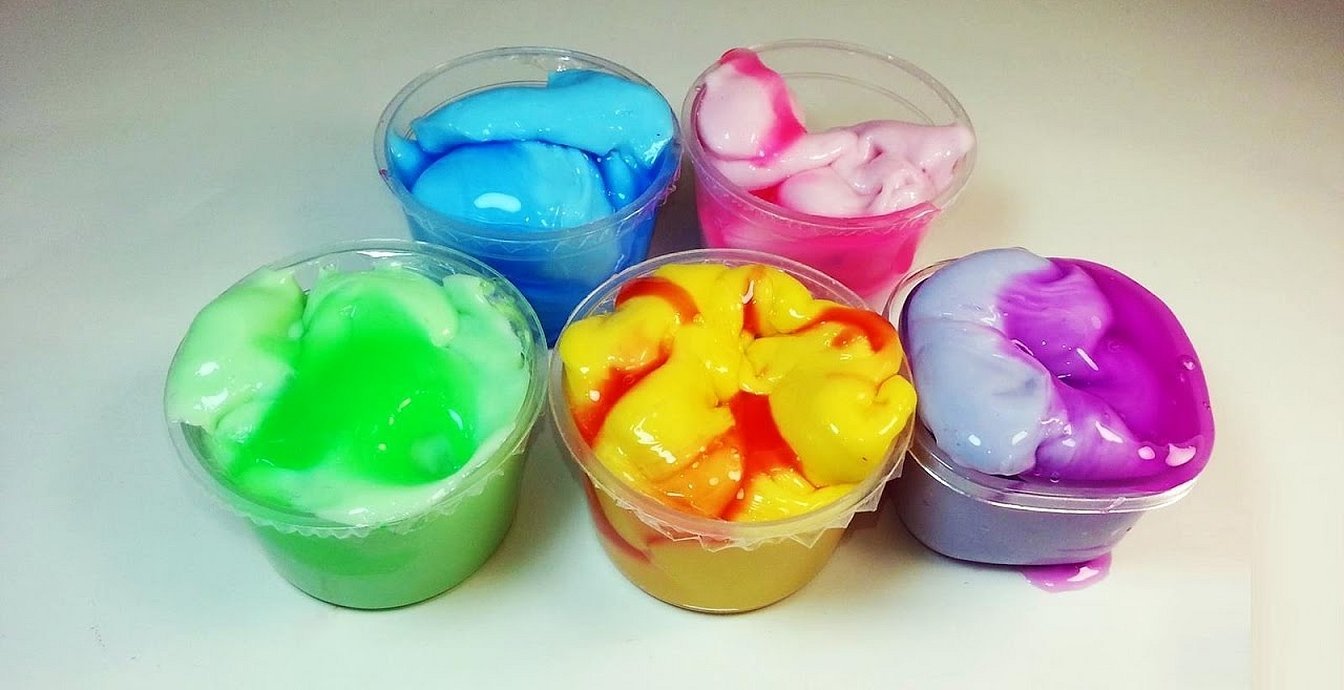
- What kind of soap can be used to make slime?
- Precautionary measures
- Necessary components and their proportions
- How to cook at home
- From laundry soap
- With hand cream
- From soap and toilet paper
- Slime from soap and salt
- From soap and sugar
- With PVA glue
- From soap and shampoo
- Recipe with soda
- Slime recipe with starch
- From soap and flour
- With shampoo
- With dishwashing liquid
- No glue with cosmetics
- From a film mask without glue
- Without sodium tetraborate
- What to do when nothing works
- How to store at home
What kind of soap can be used to make slime?
Slime or lizun is a very interesting toy that appeared in the mid-1970s and became popular in the 1990s. There is nothing unusual about such a toy.
In fact, it is a sticky and stretchy substance of indefinite shape, different colors and density. On an industrial scale, slime is made from synthetic materials. The exact composition of the lizun remains unknown to the buyer, in most cases, which cannot but cause complaints about the quality of the toy. It is easier and safer to make a lizun at home, for example, from soap and other materials.
But not any soap is suitable for creating a toy, only liquid or laundry soap. In this case, in the case of laundry soap, both solid bars and their liquid analogues are taken.
Regular hand soap in bars is almost never used, but you can try to make something interesting from it. Of course, provided that a person knows how to safely make slime from liquid soap and is ready to take safety precautions.
Precautionary measures
Slime is naturally prepared for children's games. It develops fine motor skills, allows to concentrate on the object, the child becomes assiduous and calm, his imagination develops. But homemade slime can also be unsafe if its production and use are approached incorrectly.
Precautionary measures are important, as follows:
- It is important to understand that soap and other components of slime are not safe in themselves and should not be smelled or tasted;
- If you use baking soda or dishwashing liquid when creating a toy, it is better to work with gloves;
- small children often put toys in their mouths, it is better not to allow children under 5 years of age to play with slime without adult supervision;
- You should wash your hands immediately after finishing playing, even if no dyes were used in production.
Important! When buying slime soap, pay attention to the composition. If it is too aggressive, it is better to work with gloves, not allowing the child to participate in the process, but providing the finished product for games.
Necessary components and their proportions
To make slime at home, in addition to soap, you can use:
- toilet paper, usually multi-layered;
- hand cream;
- shaving foam;
- PVA glue;
- dishwashing liquid;
- shampoo;
- water;
- face mask film;
- sodium tetraborate.
Edible slimes are popular. They are made from:
- salts;
- soda;
- Sahara;
- caramel candies;
- flour;
- starch.
Any personal care products are suitable for making slime from liquid soap at home. These can be toothpaste, various hairsprays, skin milk or bath foam.
The number of components and proportions depend on the recipe and composition of the substance used to create the slime. Thus, liquid soap or hand cream differ in composition. And if in one case 1 tube of cream and 2-3 drops of soap were enough to obtain a sticky substance, then in another this may not be enough.
Attention! To make slime, you need to strictly follow the recipe, but sometimes improvise, adding water or another component when needed.
How to cook at home
Homemade slime recipes are in great demand among children who have a craving for making something with their own hands. Making toys yourself is really very interesting. Homemade slime will not last long, but it will bring a lot of joy.
To prepare it, gather all the appropriate materials from around the house, according to the recipe, take a spoon or a wooden stick. You will also need a container for mixing.
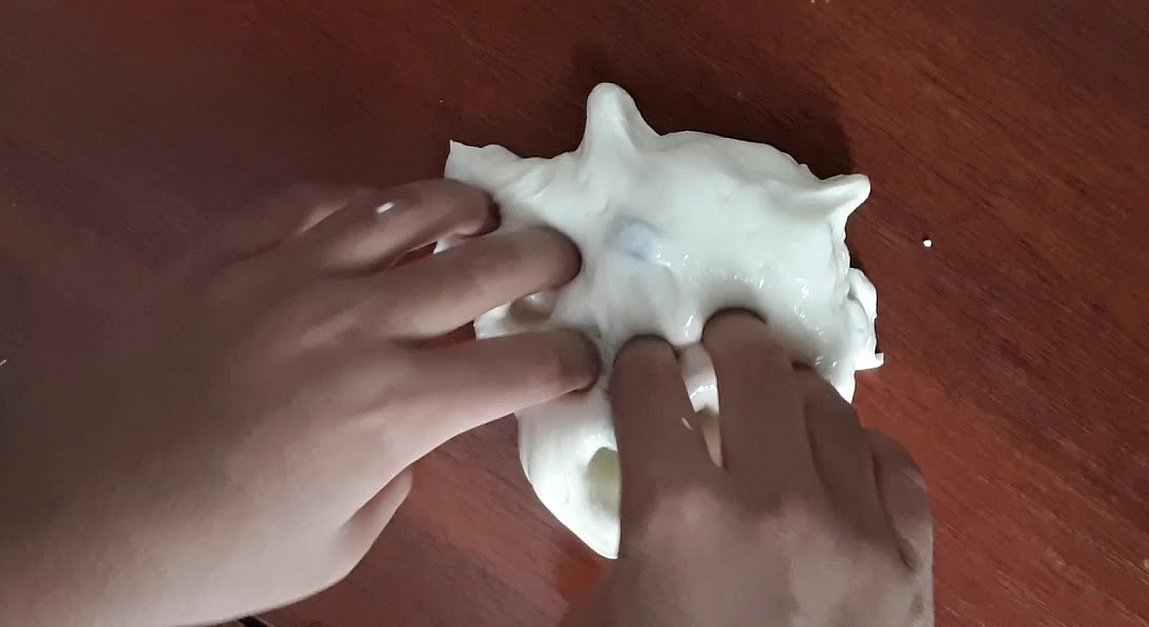
From laundry soap
Following the recipe:
- a bar of laundry soap is divided into 4 parts (¼ part is needed);
- take 50 g of hot water;
- you need silicate glue (can be purchased at a store that sells office supplies);
- buy boric acid at the pharmacy (1 teaspoon).
Next:
- Grate the soap on a fine grater and add hot water, stirring until completely dissolved with a spoon or wooden stick.
- After the soap has dissolved, boric acid is added to the resulting substance.
- Without stopping stirring, gradually add silicate glue. Do not pour out the entire tube at once.
- Put on gloves and mix the resulting mass with your hands.
If everything is done correctly, the Velcro is kneaded by hand for some time, after which they try to stretch it. The finished slime from liquid soap stretches quite well, does not burst. In order for the toy to exist longer than usual, it must be moistened with water daily.
With hand cream
The quality of the slime depends on the composition of the cream. There are creams containing glycerin, vegetable and animal fats, petroleum jelly, silicone and essential oils. These components can be included in the composition of the substance, both individually and in groups of several ingredients.
To make slime, take thick hand creams and cologne. The chosen cream:
- Squeeze from the tube into a container.
- Add 2-3 drops of triple cologne to it.
- Mix everything with a stick or skewer.
Once the slime becomes thick, take it in your hands and knead it, stretching and kneading it for 15-20 minutes.
Important! If the Velcro is too thick, add a few more drops of cologne.
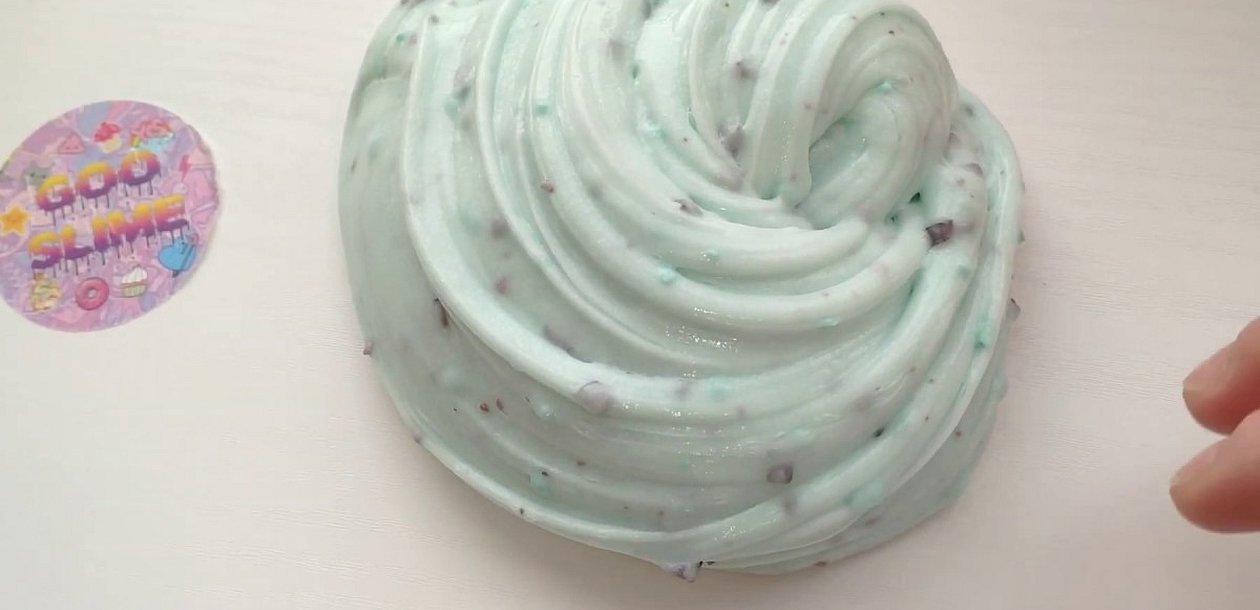
From soap and toilet paper
To make a slime, take:
- 20 cm of soft multi-layer toilet paper (you can use napkins or paper towels);
- liquid soap - 1-2 tablespoons;
- film mask - 2 tbsp;
- nail polish - 5-6 drops (colored polish is suitable);
- soda;
- 0.5 tsp. Levomycetin (contained in eye drops).
The step-by-step process for creating Velcro looks like this:
- The paper is crushed and poured with soap, allowing it to dissolve. A foam should form.
- Nail polish is added as a colorant.
- After mixing the varnish and the paper and soap mass, add the film mask and soda.
- As soon as all the components dissolve in each other, start adding Levomycetin drop by drop. This drug acts as a thickener.
The slime is considered ready after it peels off the bottom and sides of the container. Take it in your hands and knead it for about 10-15 minutes.
Slime from soap and salt
For the slime you need 5 tablespoons of soap or shampoo and 1 teaspoon of salt. To be on the safe side, sometimes another 1 teaspoon of soda is added. But it should work without this component. You will have to knead it longer than usual.
The quality depends on the composition of the soap. The downside of slime made from soap and salt is that it quickly loses its sticky properties. To extend the life of the toy, leave it in a mixture of water, hand cream and a pinch of salt for 12 hours.
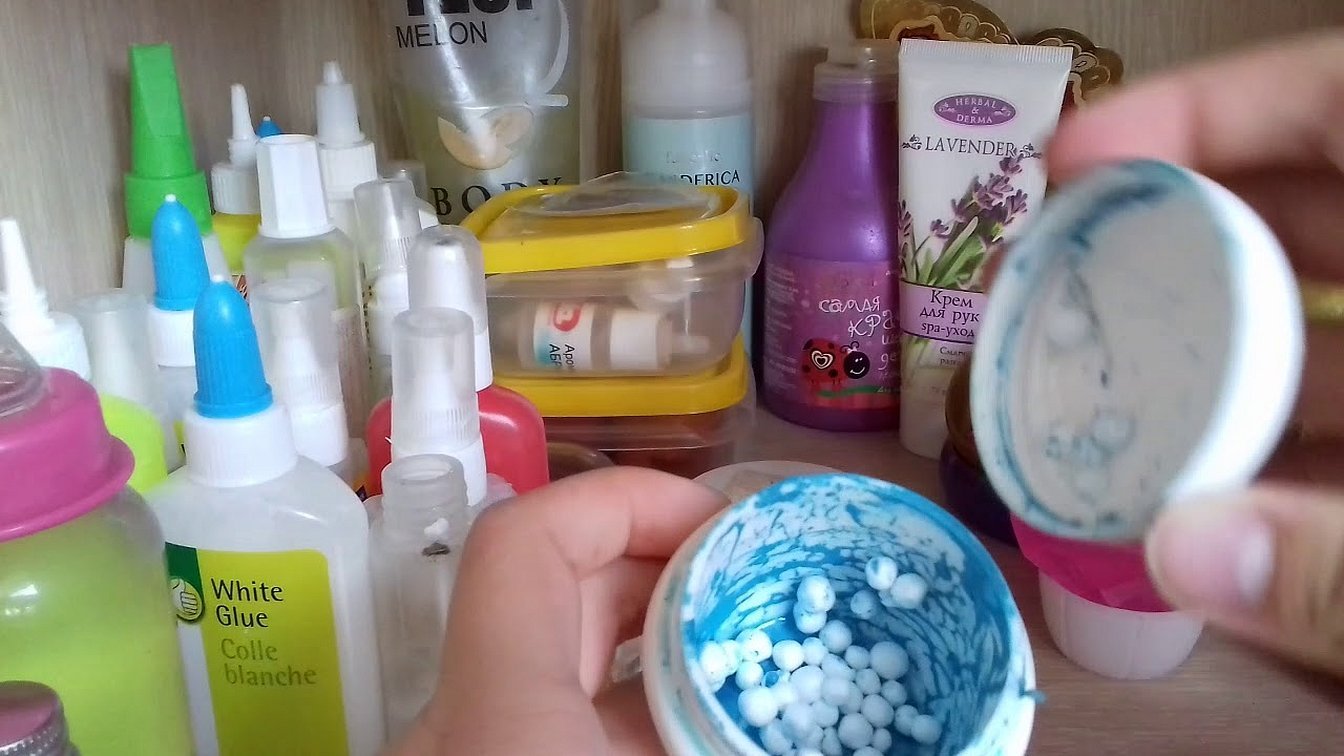
From soap and sugar
To prepare the slime you will need:
- 2 tbsp. sugar;
- 1 teaspoon soap;
- 1 teaspoon water;
- 0.5 tsp soda;
- 3 tsp shampoo.
The amount of ingredients may vary. To make the slime sticky, mix the ingredients together gradually:
- Preparation begins with mixing shampoo and soap and bringing them to a foamy state.
- Add water to the foam and mix everything.
- Add sugar, dividing the specified amount into portions.
- The finished slime is placed in the refrigerator for 20-25 minutes.
- Add soda to the cooled mass and mix.
Attention! If the Velcro turns out to be liquid, add more soda and knead longer than the first time.
With PVA glue
To make Velcro from soap and PVA glue, take:
- 0.5 bottle of glue;
- 3 tbsp. soap;
- 0.5 tsp sodium tetraborate.
Varnish or food coloring is suitable for coloring. All components, except sodium tetraborate, are mixed, kneading for about 15 minutes. Sodium tetraborate is needed for thickness, it is added to the homogeneous mass. The finished soap slime is kneaded in the hands to the desired consistency.
From soap and shampoo
You will need:
- soap - 50 ml;
- PVA glue - 10 tbsp. l;
- shaving foam - 10 tbsp;
- shampoo - 8 tbsp. l;
- light plasticine - 1 packet.
First, mix the foam and glue. Pour shampoo and soap into the resulting thick mass and stir. The last ingredient is plasticine. It is added to the well-foamed mixture. Then knead everything with your hands until you get a sticky and stretchy substance.
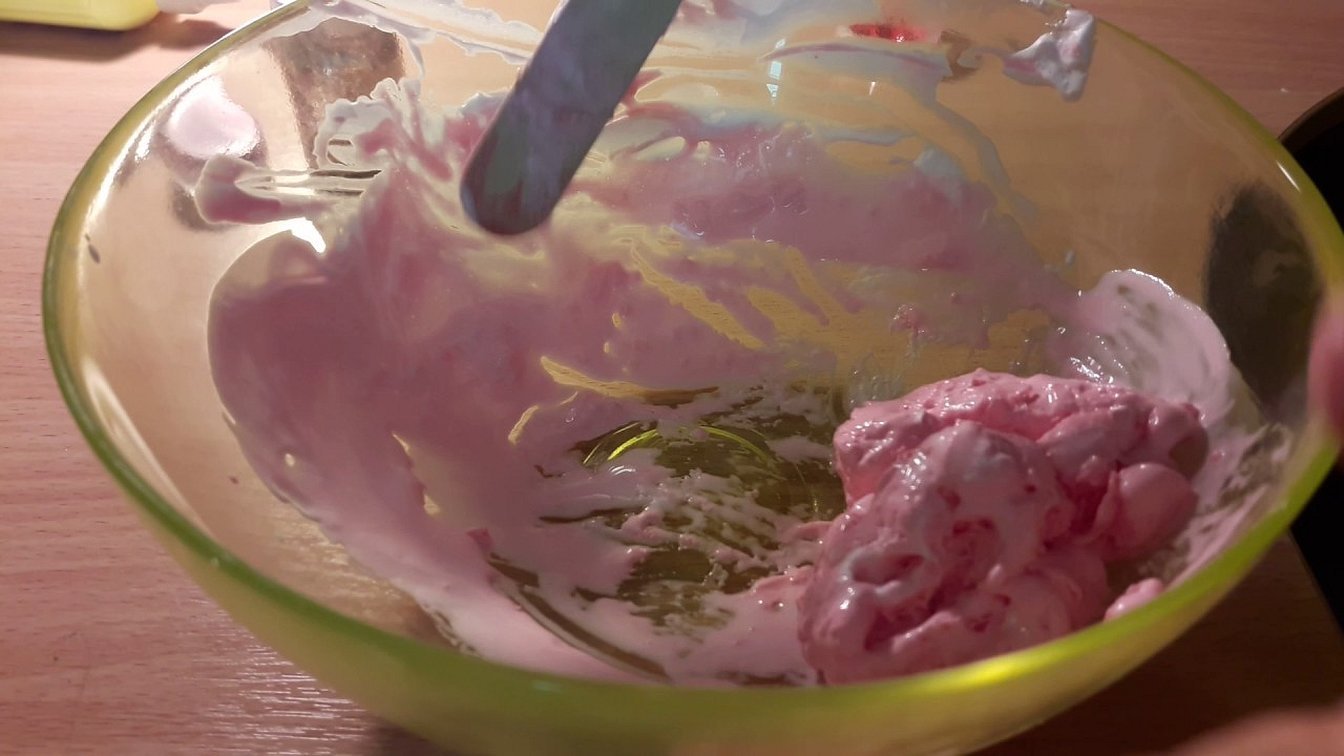
Recipe with soda
Mix the soap and wood glue in a container. Soda is a thickener. It is added to the container after the mixture has acquired a uniform shade. 2 teaspoons of soap and 4 teaspoons of glue are enough. You only need a little bit of soda - about 0.5 teaspoon. Toothpaste is also added for thickness. You will have to knead for 25-35 minutes.
Slime recipe with starch
You need to take:
- soap - 2 tbsp;
- acrylic pigment - 0.5 tsp;
- starch - 35-40 g;
- baby oil for skin care - 1-2 tsp.
The soap needs to be mixed with the dye and starch, constantly kneading. The oil is added after 10-12 minutes of intensive kneading.
Attention! The finished slime is kneaded in your hands for another 25-30 minutes.
From soap and flour
Mix 2 tablespoons of soap with 5 tablespoons of flour. Then add dye and baby oil for skin care.
Knead everything by hand for 20-25 minutes. The amount of flour is approximate. If desired, you can do without dye.
You can use any oil, as long as it has the necessary astringent properties.
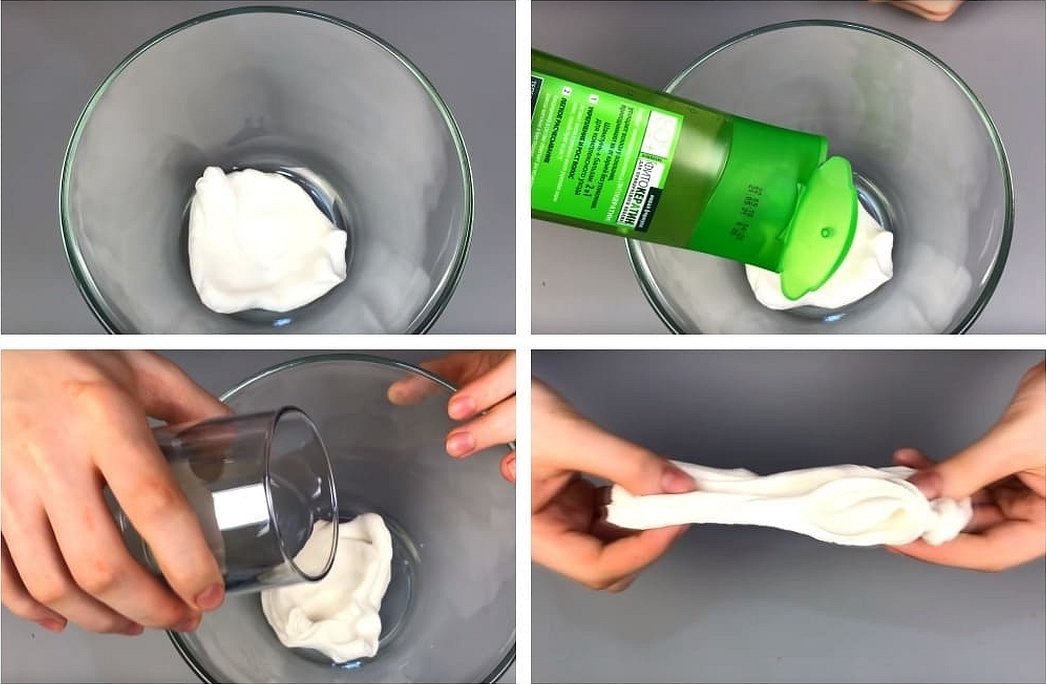
With shampoo
Mix equal amounts of shampoo and shower gel in a container. Add salt to the mixture (1 pinch is enough) and put in a cool place for 20 minutes, after thoroughly kneading everything.
The slime is also stored in the refrigerator. This helps to extend its lifespan.
With dishwashing liquid
Mix liquid soap with dishwashing gel (equal proportions - 2 tbsp each):
- add a little glue (about 60 ml);
- everyone is kneaded;
- add soda (1 pinch);
- pour in 0.5 teaspoon of Levomycetin.
The slime needs to be kneaded with your hands.
For reference! It turns out colorless, but this can be easily corrected with dye.
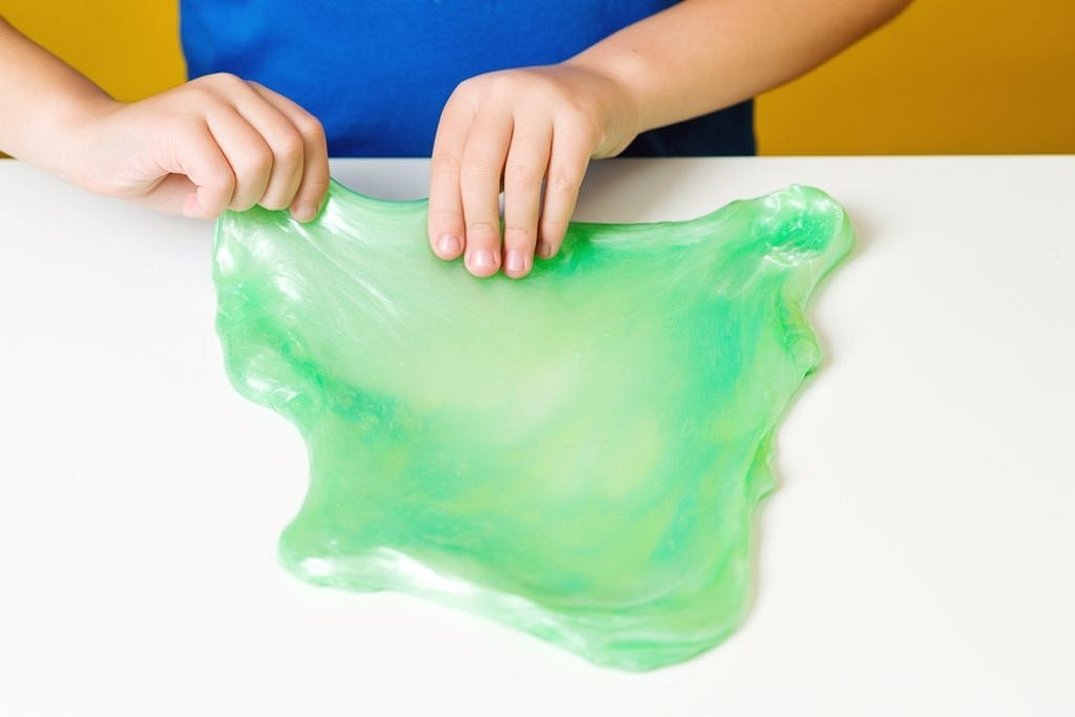
No glue with cosmetics
It is difficult to make Velcro without glue, but it is worth experimenting. You will need:
- cosmetic soap - 30 g;
- water - 2 tbsp;
- body lotion - 1 tbsp;
- starch - 2 tbsp;
- shaving foam - 6 tbsp;
- gouache - 1 tsp;
- soda - 1 pinch;
- contact lens solution - 1 tbsp.
Dissolve the soap in water and mix with the lotion. Then, remembering to stir constantly, add in sequence:
- starch;
- shaving foam;
- gouache;
- soda;
- lens solution.
The thick and sticky mass is kneaded by hand.
From a film mask without glue
I mix soap with water in equal quantities (3 tablespoons each) and a film mask (30 ml). Mix everything with your hands.
Sodium tetraborate is used as a thickener. 2 drops are enough.
The finished slime is placed in the refrigerator for 2-3 days.
This is interesting! If done correctly, it will look like you've made a piece of glass rather than a slime.
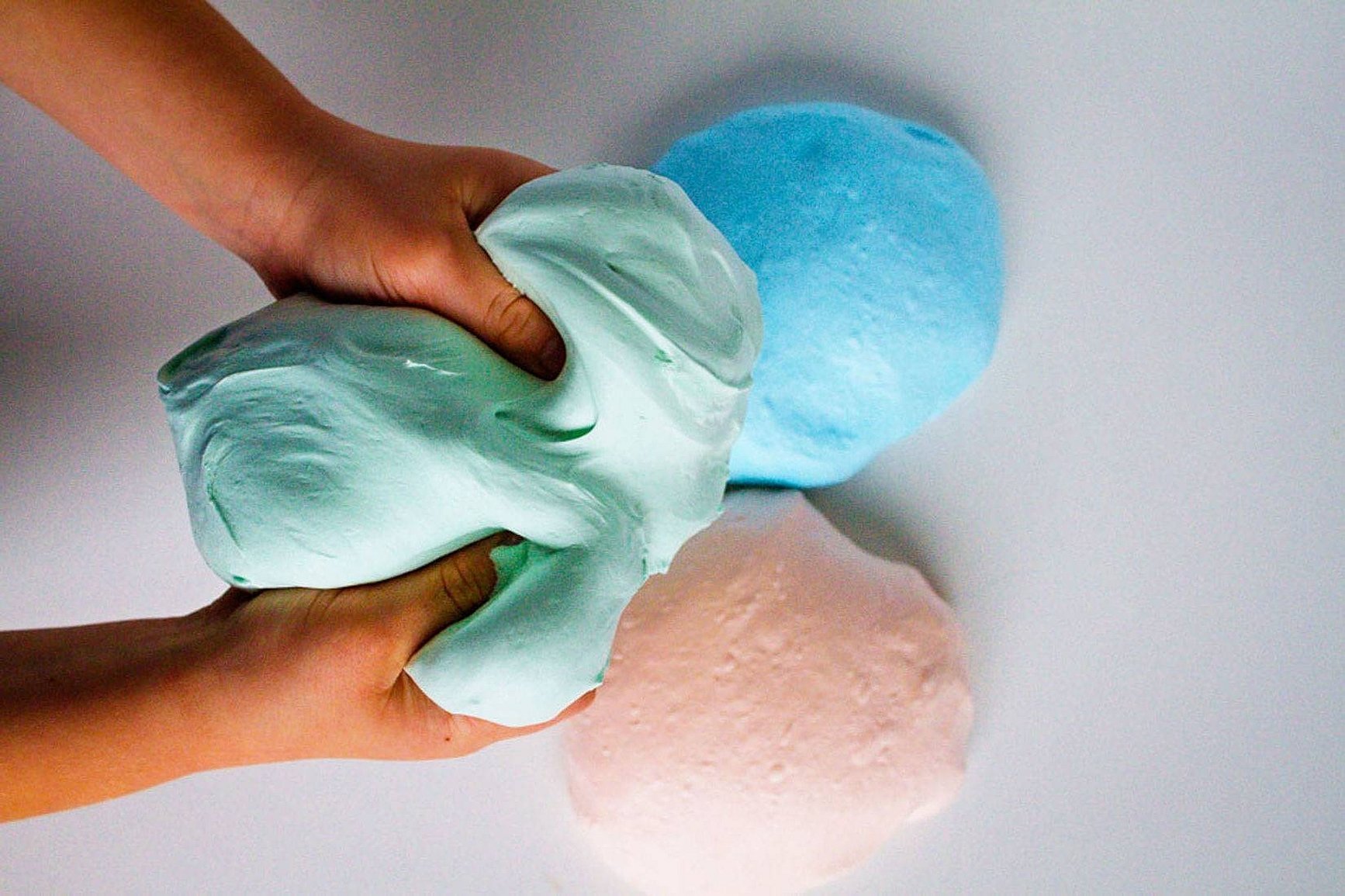
Without sodium tetraborate
Slime without chemicals is almost safe. Corn starch is used as a thickener. Mix 2 tbsp. shower gel for children with the same amount of starch, knead the mass with your hands for 20 minutes. The slime is colored. Easter egg dye is suitable for this.
To make the toy more elastic, add 1-2 drops of water.
What to do when nothing works
If the slime doesn't work out according to one of the recipes, try making a toy using another. Usually, nothing works out because the ingredients are selected incorrectly. Perhaps the liquid soap doesn't have the necessary components or the wrong mixing proportions are selected.
There are several ways to solve this problem:
- Add extra ingredients or change the proportions yourself. You can use 3 or 4 tbsp of soap instead of 2 tbsp, add sodium tetraborate or starch, even if the recipe does not call for them.
- Add water or flour. In the first case, the slime becomes more sticky, with the help of flour it becomes thicker.
- If the slime breaks, it means that more tetraborate was used than required. Hand cream or baby soap will help to fix the situation. The Velcro is put in the microwave for a few minutes.
- If the slime sticks to your hands, put it in the refrigerator or mix it with some more sodium tetraborate.
- To reduce slippage, more glue is added.
- Some slimes need to be chilled before the final kneading.
It is impossible for anything to go wrong. The main thing is to be patient and change the proportions of some components in a timely manner.
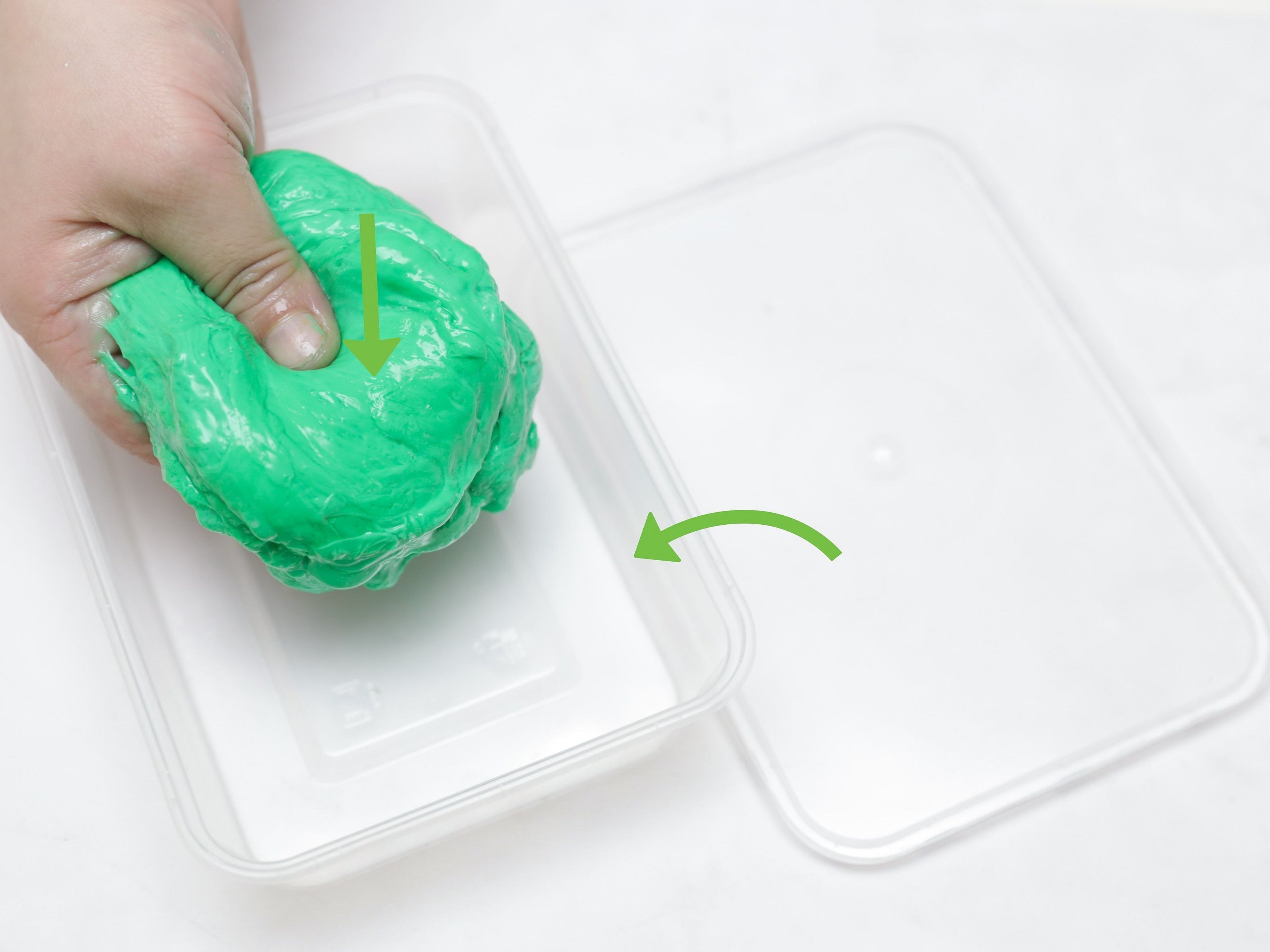
How to store at home
The anti-stress toy, which is the slime, is stored in a cool place, the refrigerator is best for this purpose. However, you cannot store it in the freezer. After defrosting, the toy will become unusable.
For storage, use a plastic container with an airtight lid. Place the dry slime there. Close the lid tightly and put it in the refrigerator. It is allowed to use:
- jars for cream;
- processed cheese container;
- coffee cans;
- zip bags;
- bottles of medicine.
Homemade slime is stored for a little more than a week, while store-bought analogues can be stored for 1-2 months. The storage rules are the same as for homemade preparations.

Making a homemade slime does not take much time. This is a very interesting process that you can get involved in with your child, forcing him to show his imagination and ingenuity. If you follow certain safety rules when handling the toy, it can become quite useful. By stretching and rolling the slime, children develop fine motor skills of their hands.

